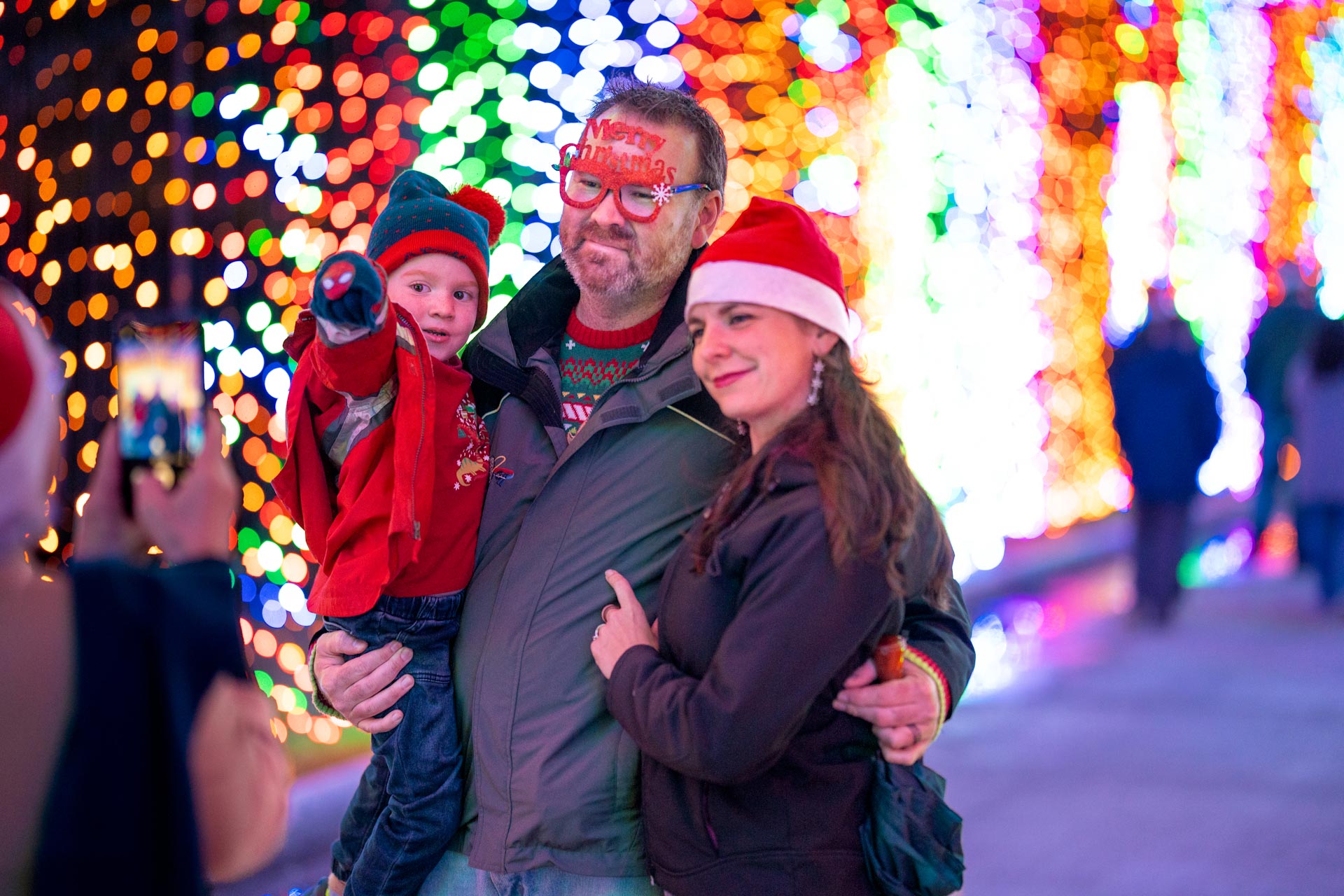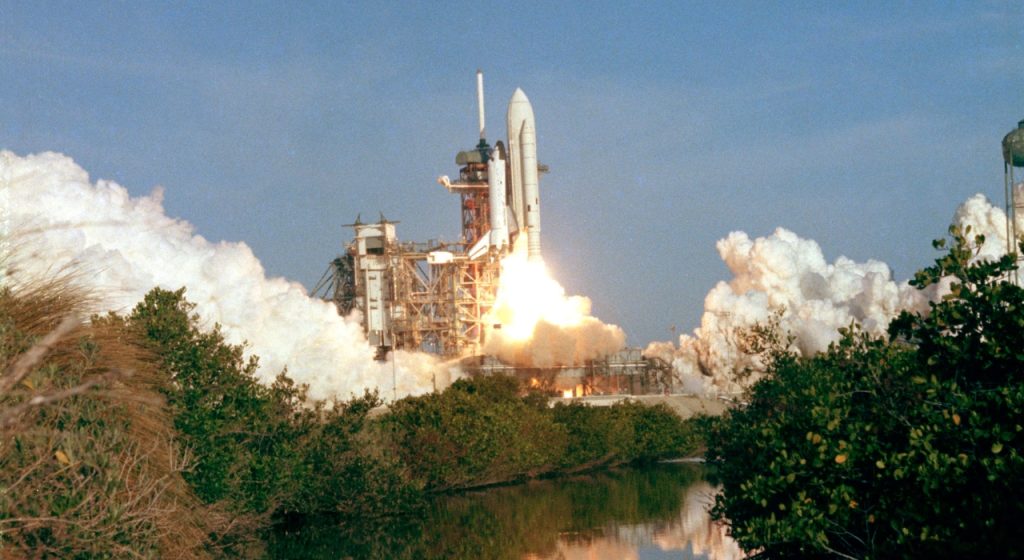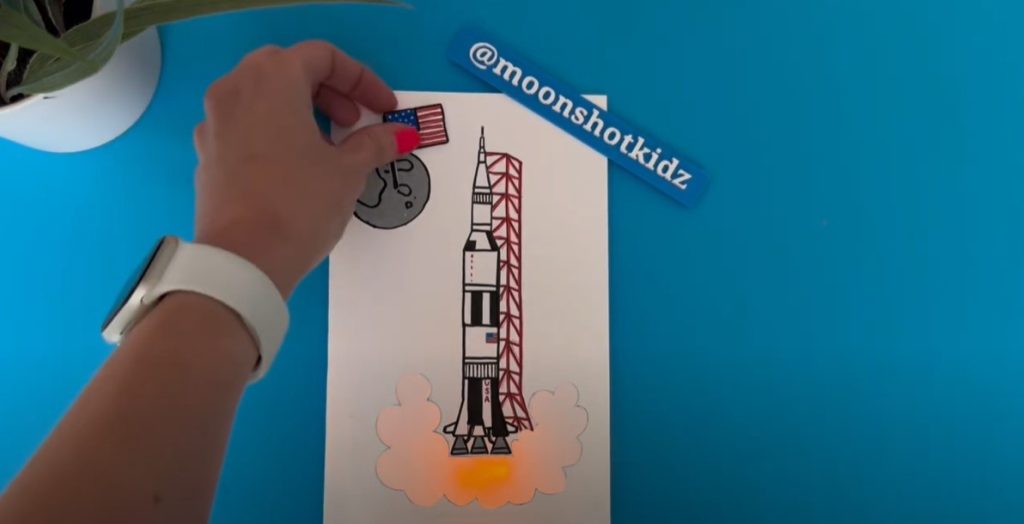By Erin Winick Anthony
Lights have always been intertwined with the holidays. What may have started with a few candle flames to celebrate has now evolved into elaborate spectacles of flashes and color in trees and elaborate displays.
But those colors and lights do not just magically happen. We need a little sprinkle of science to form them!
We have the electromagnetic spectrum to thank for those bright displays of holiday cheer. The electromagnetic spectrum consists of a wide range of waves that carry energy through open space. Unlike a physical ocean wave, electromagnetic waves do not need a medium like water to travel through. They can even travel through the vacuum of space. Everything from microwave ovens to televisions use electromagnetic energy that is a part of this spectrum.
However, when it comes to the holidays, we want color!
All the varieties of colored visible light are formed due to the distance between the peaks of light waves. Light travels in an up-and-down pattern like you might see in waves at the beach. How far these peaks of the wave are from each other changes the color our eyes perceive, or whether our eyes can even perceive it at all!
Of the waves we can see, red has the longest wavelength, meaning it also has the weakest energy. Purple is the most energetic with the shortest wavelength. It has the most densely packed waves of visible colors. The other colors of the rainbow in between span the rest of the visible light wavelengths.
Far beyond what our eyes can see are other types of waves like high-energy gamma rays and low-energy radar waves. These other waves can be useful in things like medical imaging or communication systems, but will not contribute much to our holiday celebrations.
Modern engineers also use these holiday light displays to push our use of color to the extreme. From massive glowing structures to drone shows, holiday displays worldwide are getting more technologically advanced every year. You can even see some perfect examples here in Texas. Space Center Houston is the only place in the U.S. outside of Las Vegas, Nevada where you can see a kinetic light show. The Center’s kinetic light show has 16 million different color combinations. You can also find a 40-foot-tall crystal fireworks display which consists of a cascading light installation at the Galaxy Lights event. This is one of only two crystal fireworks displays in the world.
Witness these displays for yourself and have your eyes flooded with visible light waves! And be sure to check out the interactive “Celebrate Light” live show to learn more about the science behind them.
Galaxy Lights waves goodbye on January 7, 2024 — So, don’t miss out. Have a happy and science-filled holiday!







